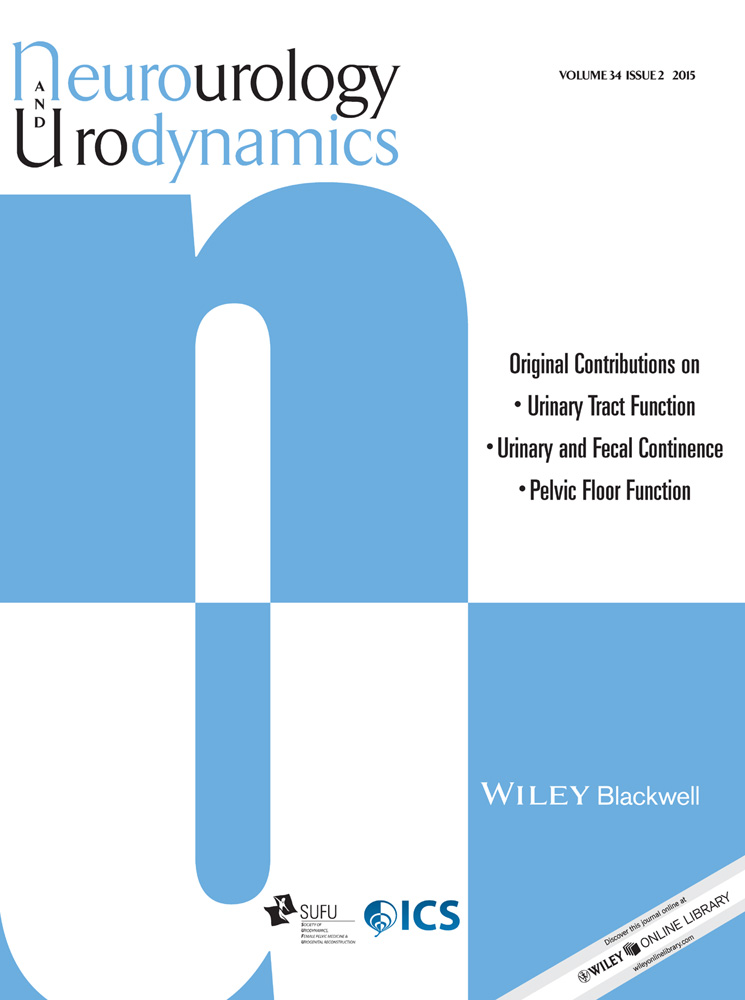Descriptors of sensation confirm the multidimensional nature of desire to void
Abstract
Aims
To collect and categorize descriptors of “desire to void” sensation, determine the reliability of descriptor categories and assess whether descriptor categories discriminate between people with and without symptoms of overactive bladder.
Methods
This observational, repeated measures study involved 64 Australian volunteers (47 female), aged 50 years or more, with and without symptoms of overactive bladder. Descriptors of desire to void sensation were derived from a structured interview (conducted on two occasions, 1 week apart). Descriptors were recorded verbatim and categorized in a three-stage process. Overactive bladder status was determined by the Overactive Bladder Awareness Tool and the Overactive Bladder Symptom Score. McNemar's test assessed the reliability of descriptors volunteered between two occasions and Partial Least Squares Regression determined whether language categories discriminated according to overactive bladder status. Post hoc Chi squared analysis and relative risk calculation determined the size and direction of overactive bladder prediction.
Results
Thirteen language categories (Urgency, Fullness, Pressure, Tickle/tingle, Pain/ache, Heavy, Normal, Intense, Sudden, Annoying, Uncomfortable, Anxiety, and Unique somatic) encapsulated 344 descriptors of sensation. Descriptor categories were stable between two interviews. The categories “Urgency” and “Fullness” predicted overactive bladder status. Participants who volunteered “Urgency” descriptors were twice as likely to have overactive bladder and participants who volunteered “Fullness” descriptors were almost three times as likely not to have overactive bladder.
Conclusions
The sensation of desire to void is reliably described over sessions separated by a week, the language used reflects multiple dimensions of sensation, and can predict overactive bladder status. Neurourol. Urodynam. 34:161–166, 2015. © 2013 Wiley Periodicals, Inc.




